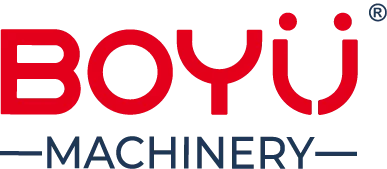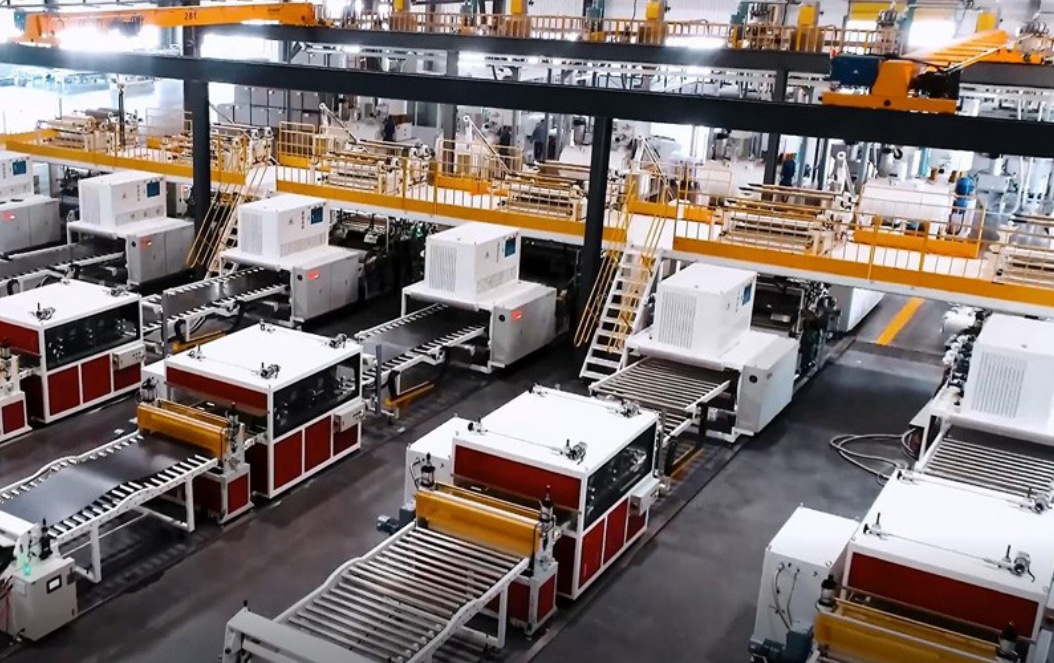Plastic extrusion technology is a manufacturing technique that can create a wide range of products filling our everyday lives – from piping and tubing to plastic films and more. It can manufacture raw plastic material into a continuous profile, usually in high volume, through a plastic extrusion manufacturing machine (the “extruder”).
Plastic extrusion manufacturing is also a complex process with various variables to consider. Besides various extrusion methods, you can also select different types of dies and materials involved in manufacturing. Plastic extrusion manufacturing can be done with multiple materials, including nylon, elastomers, ABS, rigid and flexible PVC, and more. Depending on the material used, the plastic product can be rigid, semi-rigid, or flexible and have any number of interesting properties.
This article will outline the main differences between “wet” and “dry” plastic extrusion techniques.
Plastic Extrusion
In more technical terms, plastic extrusion technology – also known as plasticating extrusion – can be defined as a continuous high volume plastic extrusion manufacturing process in which a thermoplastic material – in the form of powder, pellets, or granulates – is homogeneously melted and then forced out of the shaping die using pressure. As the plastic melt passes through the die, it acquires the die hole shape and leaves the plastic extruder. The extruded product is usually called “extrudate.”
Wet vs. Dry Plastic Extrusion
In the extrusion process, the raw material must be pushed forward and pressed through the die at the end of the barrel to take the desired final shape. Plastic extrusion manufacturing requires high temperatures (from 190?C to 220?C) over a short time to expand the feed as it leaves the die.
Such high temperatures can be reached with or without an external heat source. From this detail, we can differentiate between “dry extrusion” and “wet extrusion.”
Wet Plastic Extrusion
Wet plastic extrusion is a plastic extrusion manufacturing process where an external heat source – like, for example, steam – needs to be applied directly into the barrel during the extrusion process.
For wet extrusion, the temperature is achieved through preconditioning and steam injection. At the same time, the material also undergoes relatively high pressure. The pressure difference between the internal plastic extruder and the external environment will cause the wet extrusion of the aquatic feed.
Dry Plastic Extrusion
A dry plastic extrusion process requires no external heat source during the creation of the extruded product. Unlike wet extrusion, dry extrusion relies only on the heat generated from the friction of the material as it passes through the barrel by a screw.
In other words, the high temperature in dry extrusion is acquired through the dissipation of mechanical energy from heated surfaces such as barrel and screw surfaces or generated by shear forces between wall and material and screw and material.
The Differences Between Dry and Wet Plastic Extrusion
The operating principle of expansion is similar between dry and wet extrusion, and their processes are based on the same principle.
However, expansion generates less shear, pressure, and temperature in the barrel than extrusion, which leads to a difference in the shaping method of final pellets and the intensity of treatment.
A common misconception is that the dry extrusion process occurs in the partial or total absence of moisture. All extrusion processes can’t exactly be defined as “dry,” as they all involve moisture. The main differences between dry and wet extrusion processes affect each type’s heating sources and moisture levels.
In particular, normal moisture levels for dry extruded products range between 16% and 20%. Moisture in products generated from wet extrusion varies from 22% to 28%. The exact values can vary depending on the polymer formulation, extrusion parameters, type of extruder, and even atmospheric conditions at production.
Why Choose Boyu
Since 1998, Boyu has been providing businesses worldwide with quality PVC flooring extrusion production lines. As a leader in SPC floor equipment, we have been selected as a premium plastic extruder machine provider by hundreds of customers from all continents.
Over the years, we have accumulated more than 90 technical patents resulting from our R&D team’s efforts to innovate our product lines and technologies.
Over the years, we have accumulated more than 90 technical patents resulting from our R&D team’s efforts to innovate our product lines and technologies.
As your reliable partner in the plastic floor industry, we have rich experience in the plastic extrusion technology and can provide you with high-quality, innovative, and efficient extrusion production lines. Our product ranges include a full set of systematic solutions from plastic extrusion manufacturing to entire extrusion production lines.
Our extrusion equipment is environmental-friendly, and the floor materials produced by our equipment are free of formaldehyde and heavy materials. Boyu is the right choice to boost the efficiency and quality of your extruded materials with reliable plastic extrusion manufacturing and entire production lines.
From SPC and PVC floor production lines to WPV floor/PVC foam board lines and more, we’re confident you will find what you’re looking for in our comprehensive solutions catalog. Contact us!



